15 Reasons Why Wolves Have Survived In America For So Long
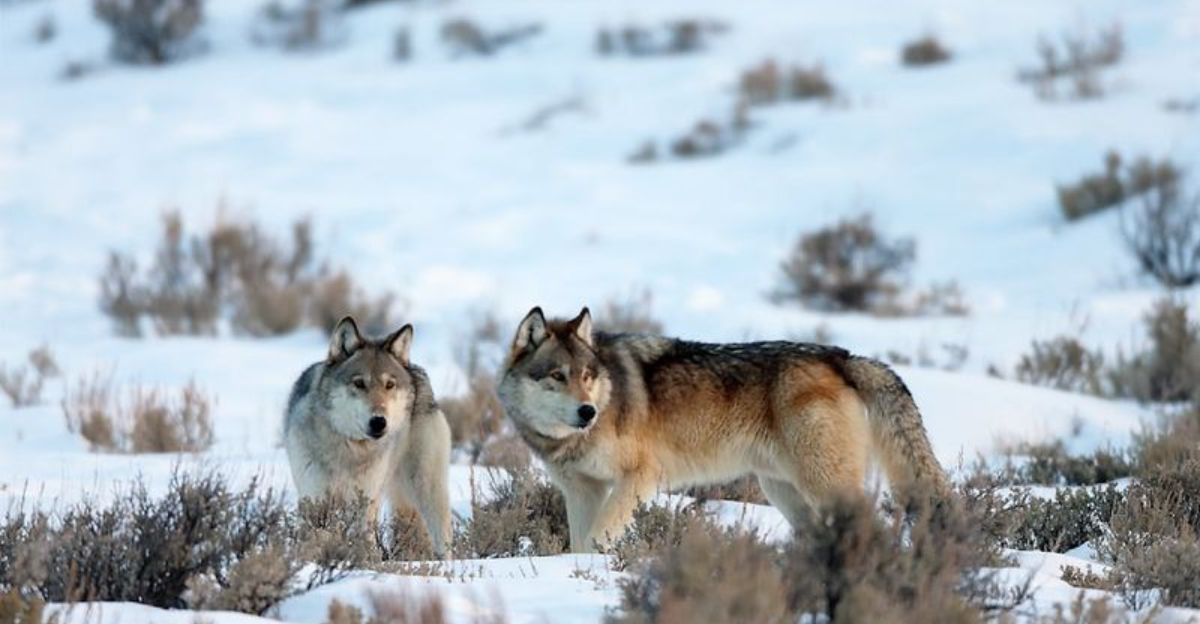
Across America’s vast wilderness, wolves have prowled for thousands of years despite countless challenges to their existence.
These remarkable predators have faced hunting, habitat loss, and competition from humans, yet they continue to thrive in certain regions.
Their persistence isn’t just luck – it’s the result of incredible adaptations and behaviors that have helped them weather changing times.
1. Pack Mentality Creates Strength
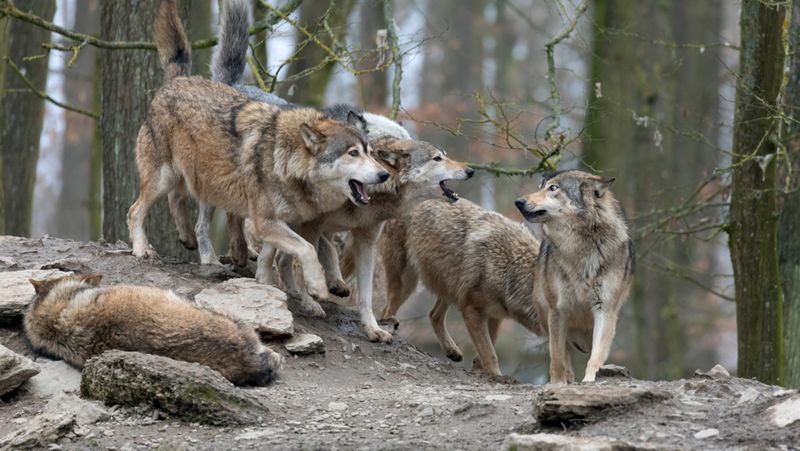
Ever watched a wolf documentary and noticed how they move like a well-oiled machine? Their tight-knit family groups provide protection, hunting efficiency, and better pup survival rates.
Working together lets them take down prey much larger than themselves – something a lone wolf could never accomplish. This teamwork has been crucial to their continued existence across America’s changing landscapes.
2. Highly Adaptable Diet
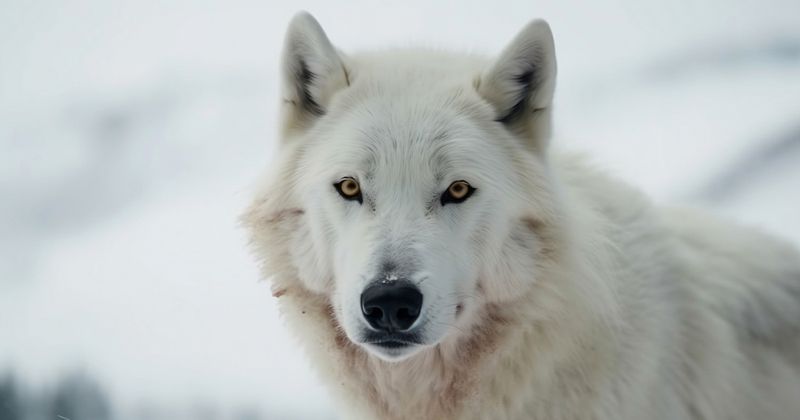
Unlike fussy eaters, wolves will feast on almost anything with meat on its bones. From elk and deer to smaller mammals like rabbits and even fish when necessary.
During lean times, they’ll scavenge carcasses or eat berries and vegetation. This flexible appetite means they can survive seasonal changes and prey population fluctuations that would starve more specialized predators.
3. Remarkable Physical Endurance
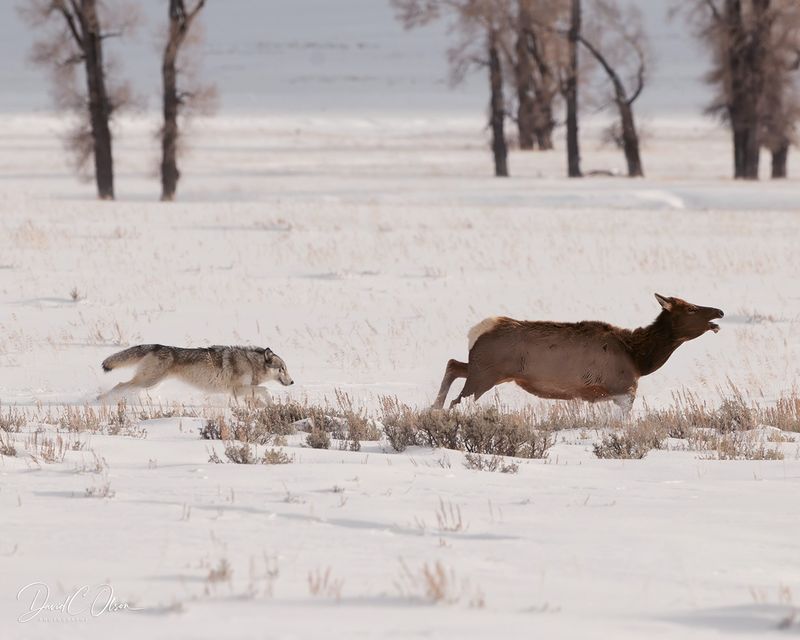
Built for the long haul, wolves can trot at 5 mph for hours and sprint up to 35 mph when needed. Their incredible stamina lets them track prey across vast distances until it tires.
Those powerful legs carry them through deep snow where other predators struggle. Combined with their thick winter coats, this endurance helps them thrive during harsh American winters that challenge other species.
4. Superior Intelligence And Learning Ability
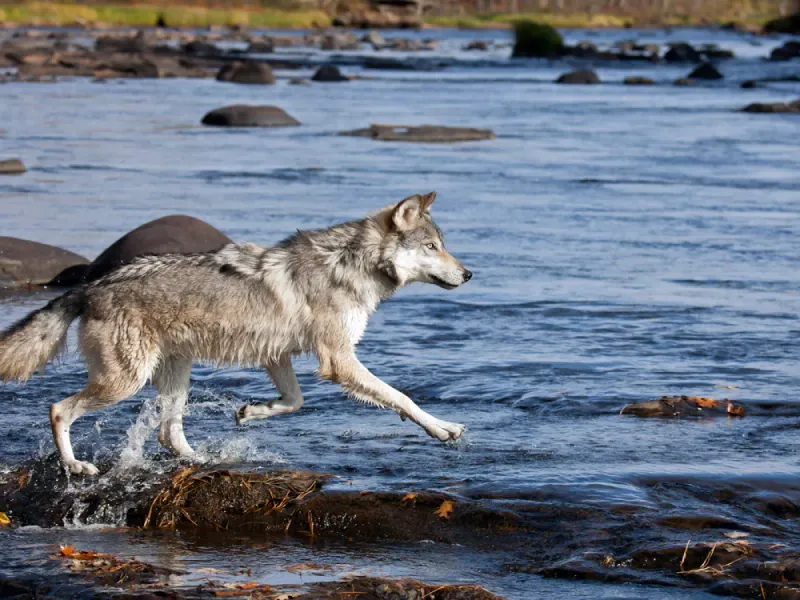
Wolves possess problem-solving skills that rival those of many animals. They remember complex territory maps, learn from experience, and pass knowledge to younger generations.
After negative encounters with humans, packs quickly become more cautious and harder to track. This learning ability has helped them avoid extermination even in areas with intense hunting pressure.
5. Territorial Nature Preserves Resources

Marking their turf isn’t just about being possessive – it’s survival strategy at work! Wolf packs maintain territories ranging from 50 to 1,000 square miles depending on prey availability.
By defending these areas from other wolves, they ensure enough food for their pack. This territorial behavior helps distribute wolf populations across the landscape rather than overconsuming resources in one area.
6. Exceptional Sensory Abilities
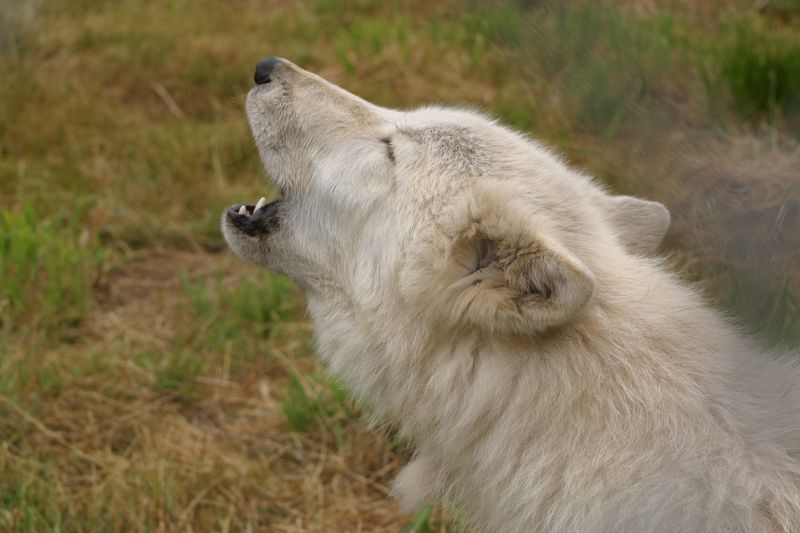
A wolf’s nose knows! Their sense of smell is at least 100 times better than humans, letting them detect prey from over a mile away.
Those distinctive howls can communicate across 6-10 miles, helping scattered pack members reunite. Sharp night vision completes their sensory toolkit, making them efficient hunters in America’s varied landscapes from dusk till dawn.
7. Successful Breeding Patterns
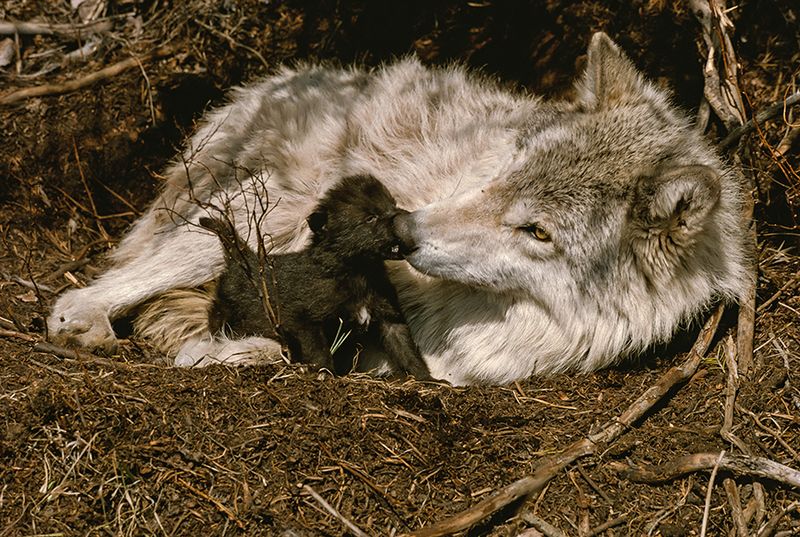
Talk about family planning! Wolf packs typically have just one breeding pair – the alphas – who produce a single litter annually of 4-7 pups.
This controlled reproduction prevents population explosions that could deplete food sources. Meanwhile, other pack members help raise the pups, increasing survival rates through this extended family support system that’s proven successful across generations.
8. Remote Habitat Selection
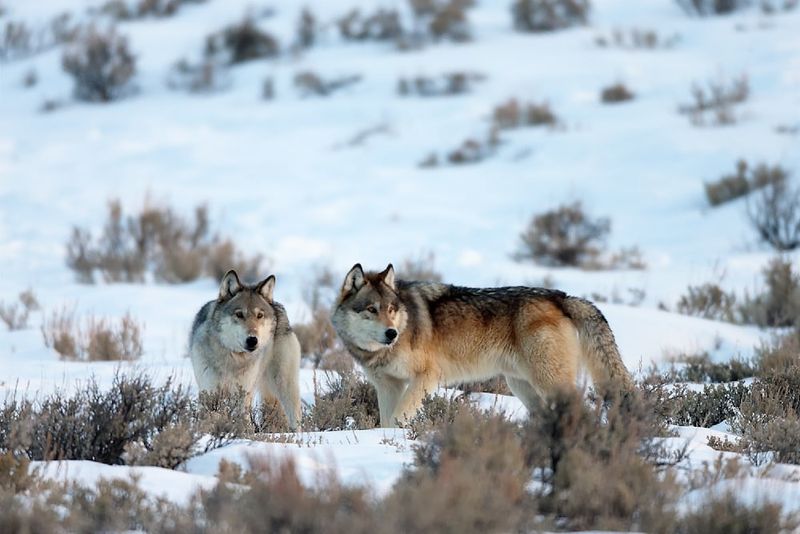
Smart real estate choices have kept wolves alive! They naturally prefer rugged, less-accessible terrain where human interference is minimal.
The Rocky Mountains, northern Minnesota, and Alaska provide perfect wolf sanctuaries with limited human development. By retreating to these wilderness strongholds during periods of intense persecution, wolf populations maintained footholds from which they could later expand.
9. Genetic Diversity Maintains Health
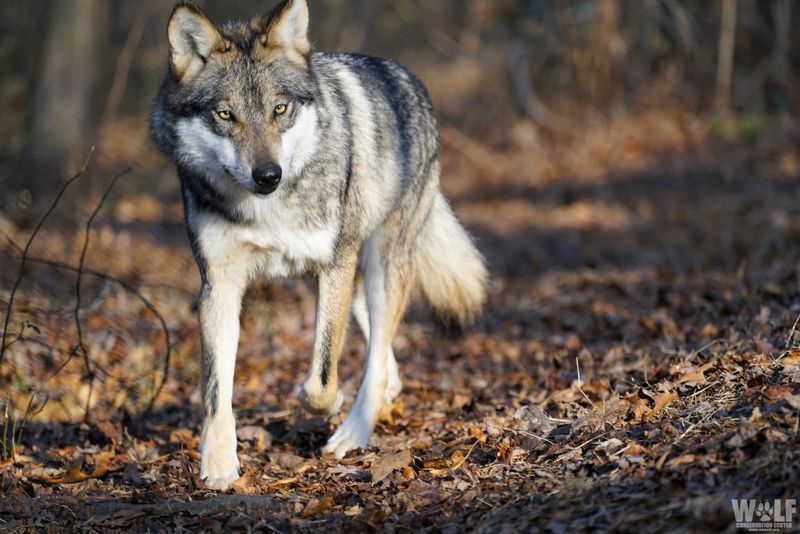
Wolves naturally practice good genetics! Their tendency to disperse – young wolves often travel hundreds of miles to find new territories – prevents inbreeding.
This wanderlust creates genetic mixing between different populations. The resulting diversity has helped American wolves resist diseases and adapt to varying environmental conditions, from Arizona deserts to Alaskan tundra.
10. Nocturnal Habits Avoid Human Conflict
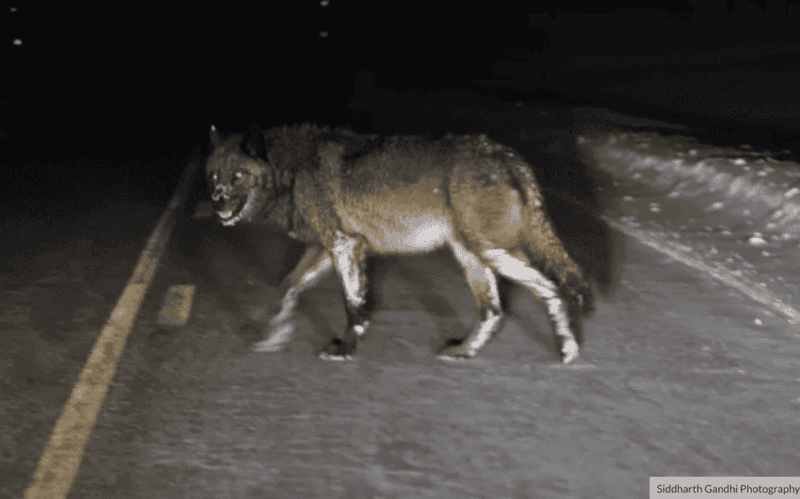
Night owls by nature, wolves conduct much of their hunting and traveling under darkness. This nocturnal lifestyle minimizes encounters with their greatest threat – humans.
Even in areas with significant human presence, wolves have learned to move primarily at night and rest in secure daytime locations. This behavioral adaptation has been crucial to their persistence in more developed regions.
11. Conservation Efforts Reversed Decline
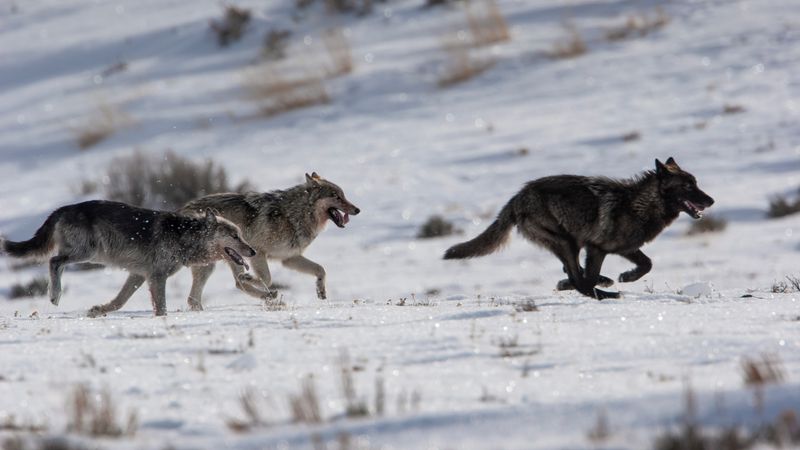
By the 1960s, wolves had nearly vanished from the lower 48 states. Their comeback story began with the Endangered Species Act of 1973, which provided crucial legal protection.
Reintroduction programs, particularly in Yellowstone National Park, brought wolves back to historic ranges. Public education changed attitudes, transforming wolves from villains to valued members of healthy ecosystems worth preserving.
12. Ecological Importance Gained Recognition
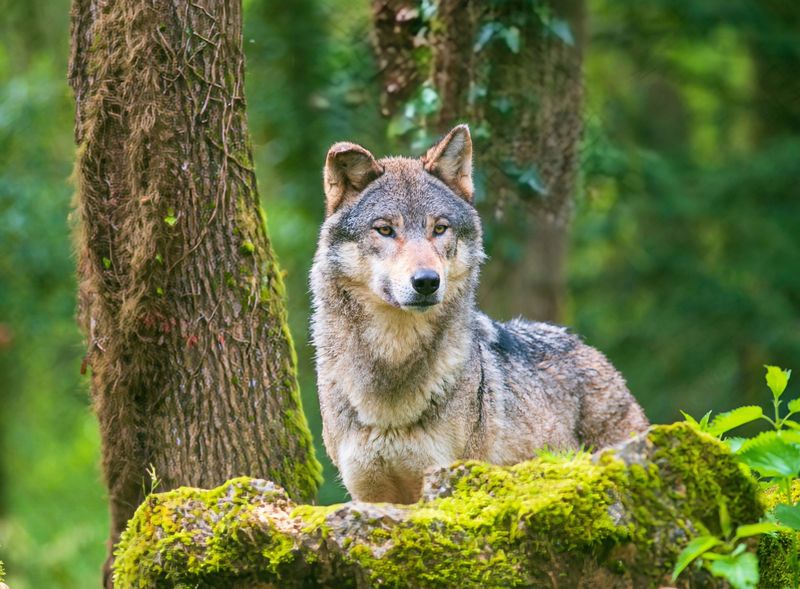
Scientists discovered wolves aren’t just predators – they’re ecosystem engineers! Their return to Yellowstone triggered a cascade of positive changes, from healthier vegetation to more diverse wildlife.
This newfound understanding of their role in maintaining balanced ecosystems generated public support. Conservation shifted from saving wolves simply because they exist to preserving them for their vital ecological functions.
13. Rapid Recovery From Persecution
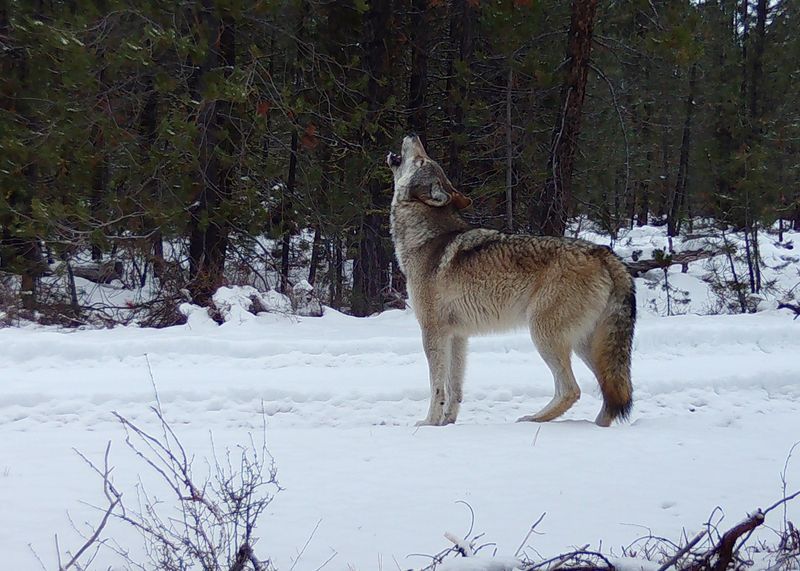
Resilience defines wolf populations! When protection is provided, their numbers can rebound surprisingly quickly.
Female wolves can breed at 2 years old and produce litters annually. In ideal conditions with adequate prey and habitat, wolf populations can grow by up to 30% yearly. This reproductive potential has allowed them to recover from near-extinction multiple times throughout American history.
14. Cultural Significance Protected Status
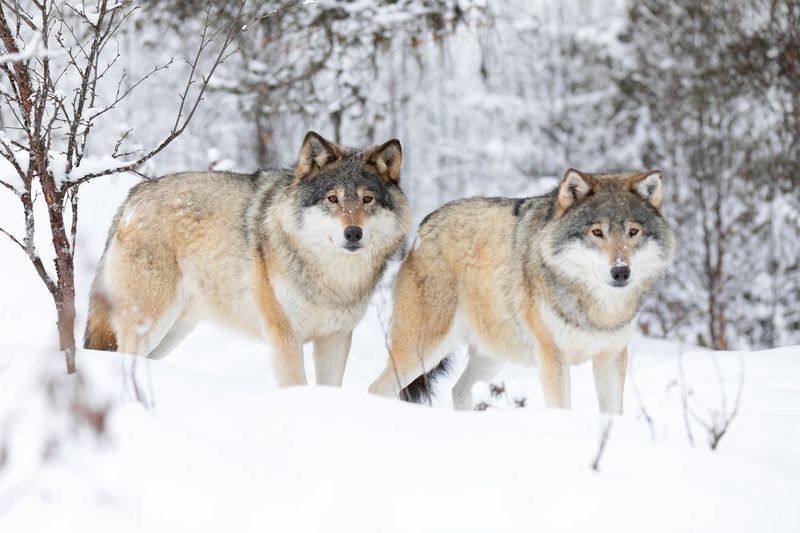
For many Native American tribes, wolves hold deep spiritual and cultural importance. This traditional reverence has translated into modern conservation support from tribal nations.
On some reservations, wolves found sanctuary when persecuted elsewhere. Today, tribes like the Nez Perce and White Mountain Apache play significant roles in wolf management, bringing traditional ecological knowledge to conservation efforts.
15. Evolutionary History Prepared Them
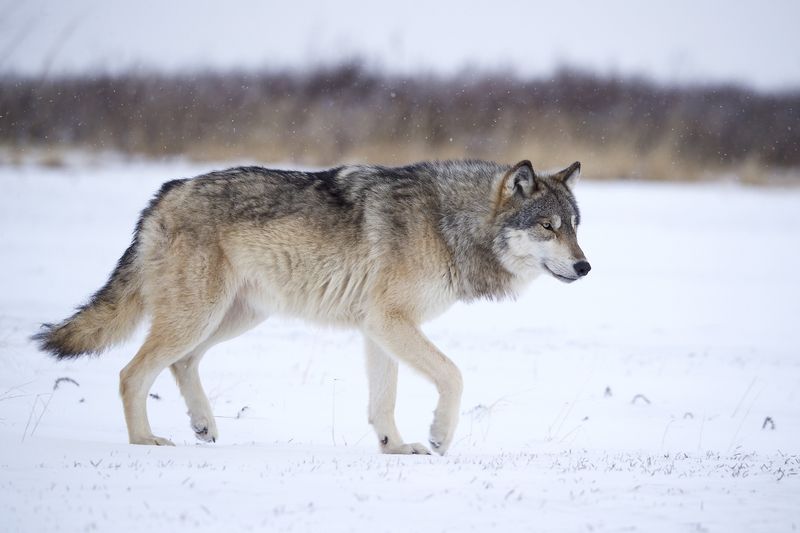
Before humans arrived, wolves had already spent millions of years adapting to North America’s challenging environments. Their evolutionary journey equipped them with the tools needed for survival.
From ice ages to changing prey species, wolves weathered countless environmental shifts. This deep evolutionary history created a remarkably resilient species prepared to face the ultimate challenge – coexisting with humans in modern America.






